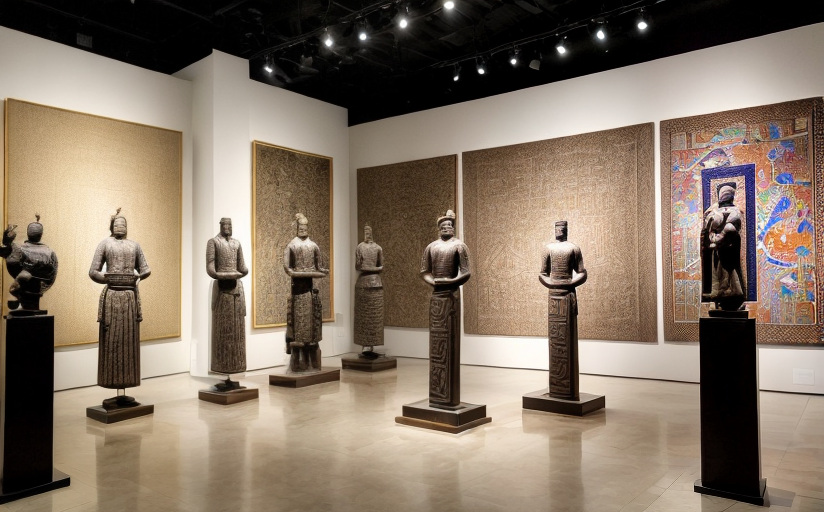Exploring the Concept of Cultural Appropriation in Modern Art
In the constantly evolving realm of modern art, cultural symbols, traditions, and motifs often serve as an inspiration. Yet, this utilisation of cultural elements brings with it contentious debates about cultural appropriation – a concept that continues to stir the pot as we strive to map the border between cultural exchange and exploitation.
Cultural Appropriation: Appreciation or Exploitation?
Modern artists, in their quest for fresh perspectives and innovative methods, frequently borrow elements from cultures different from their own. However, the dilemma arises when these representations become detrimental, leading to accusations of cultural misappropriation. While artists often argue their use of cultural symbols is an act of appreciation, many claim it's a form of exploitation when removed from its original cultural context.
Real-life Cases of Divergent Intentions and Reception
A classic example of this debate was the public outrage expressed over Paul Gauguin's depictions of Tahitian women in his artworks. While Gauguin asserted his intention of appreciation, many art critics argue that his paintings were a manifestation of exoticism and primitivism.
More recently, artist Dana Schutz’s painting, “Open Casket,” incited controversy at the 2017 Whitney Biennial. The painting, an abstract interpretation of the brutal death of African American teenager Emmett Till, sparked anger from several critics and activists who denounced its display as an insensitive exploitation of black suffering. This outcry underscores the importance of recognizing the potential disconnect between an artist's intention and the resulting public reception.
Distinguishing Cultural Exchange from Cultural Appropriation
The line between cultural exchange and appropriation is indeed thin and blurry. Cultural exchange involves mutual sharing and understanding of cultural elements, while appropriation refers to the borrowing or imitation of these elements without understanding or respect, generally by a dominant culture from a marginalized one. This debate is, however, a complex one as intention alone doesn't define appropriation; it is about understanding the power dynamics and histories involved.
Respectful Use of Cultural Inspiration: Expert Insights
According to Art Critic, James Elkins, a respectful approach to using cultural elements lies in the depth of understanding and engagement with the culture in question. While appropriating the superficial aesthetics of a culture may lead to exploitation, genuine engagement and research into the cultural context can transform the appropriation into appreciation.
Likewise, Cultural Anthropologist, Dr. Susan Koppelman emphasised the importance of artists seeking consent and acknowledging the source culture, not only in borrowing their symbols and motifs but also in sharing the benefits and credits derived from them.
The Global Impact of Cultural Appropriation
While cultural appropriation has, indeed, augmented the stylistic diversity in modern art, it has also raised questions about ethical creativity. It highlights the ongoing struggle for cultural equity and respect in a globalized world. By fuelling debates over intellectual and cultural ownership, cultural appropriation has generated increased awareness of cultural sensitivities and has thereby increased the demand for ethical artistic practices.
In conclusion, the use of cultural symbols, traditions, and motifs in modern art should ideally result in enlightenment and appreciation rather than fostering prejudice and stereotyping. It is up to the artists to navigate this delicate landscape with sincerity, respect, and mindful engagement.



















Comments
Leave a Comment